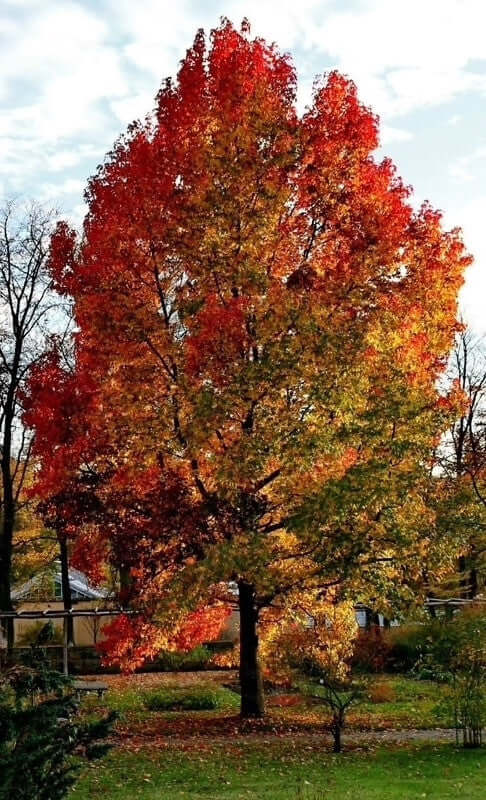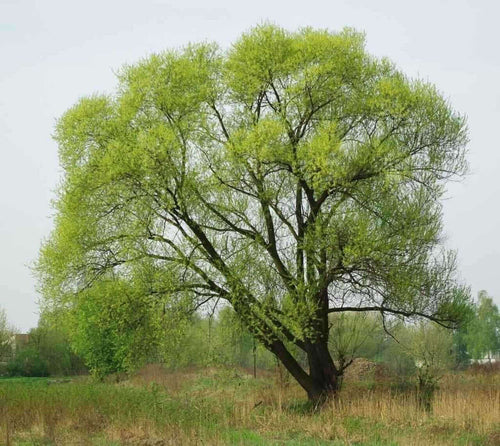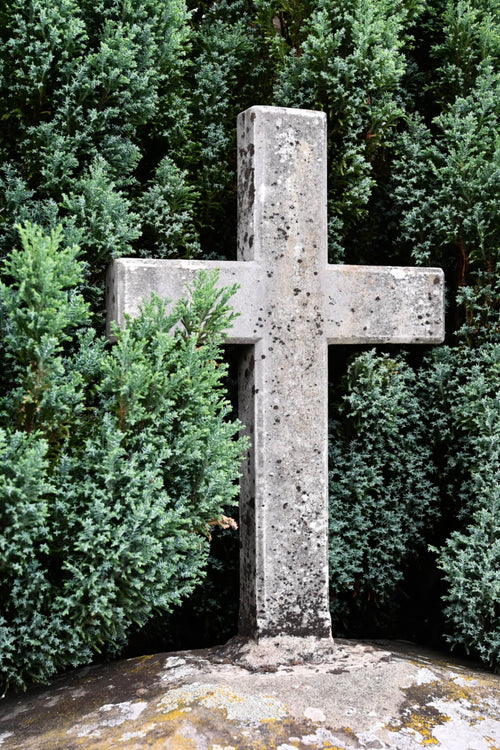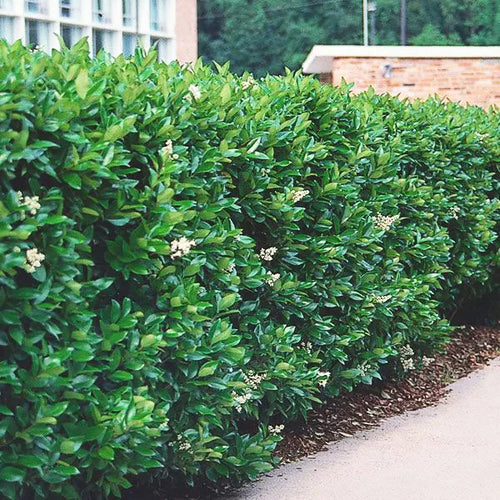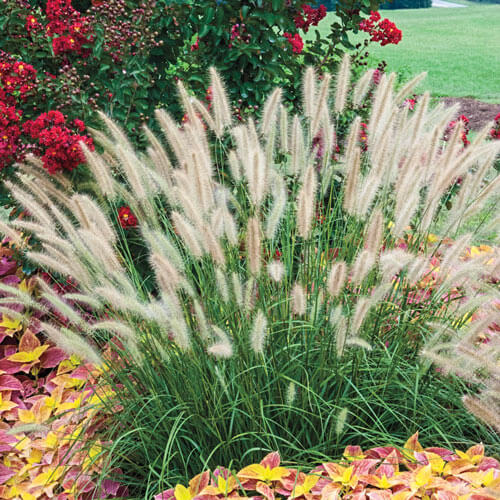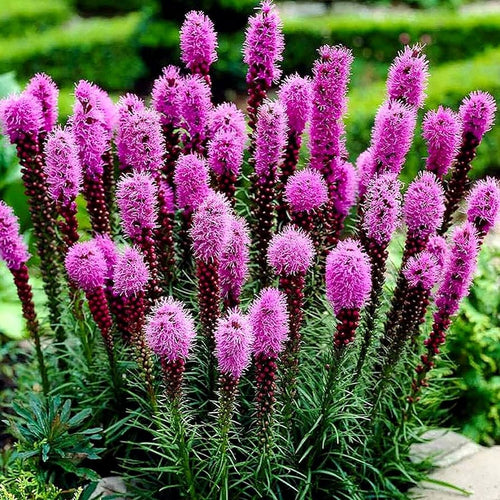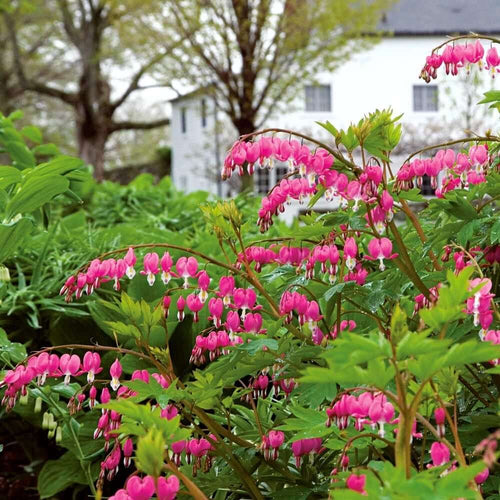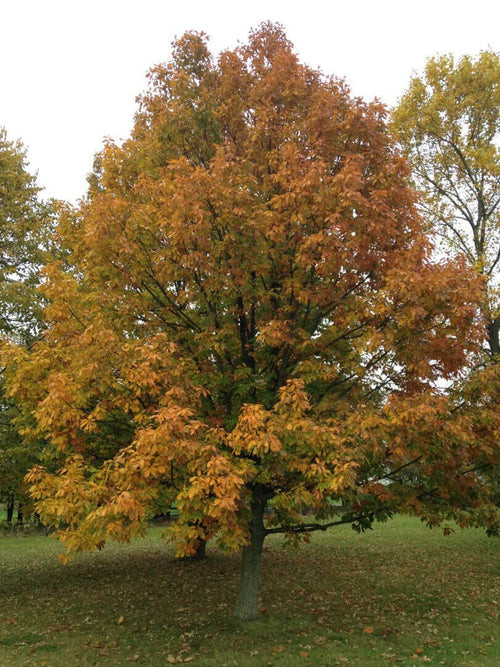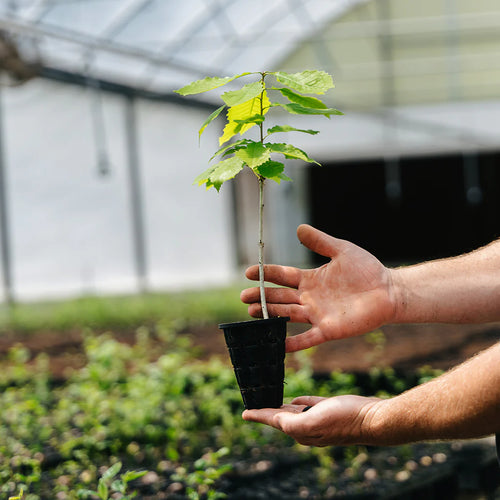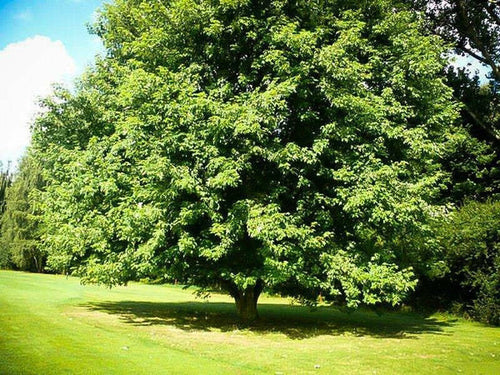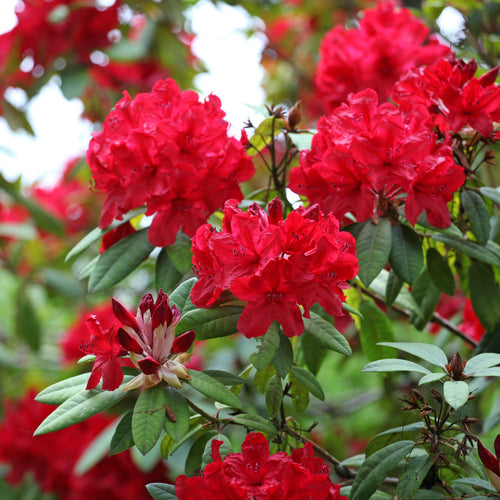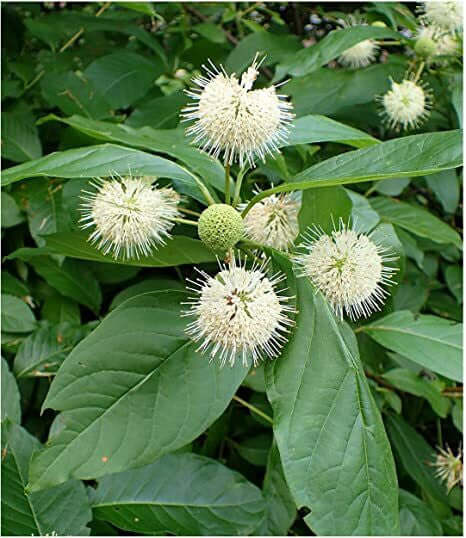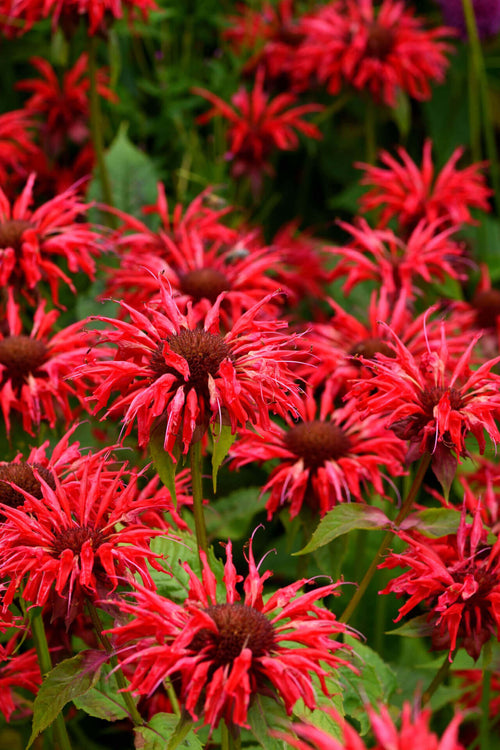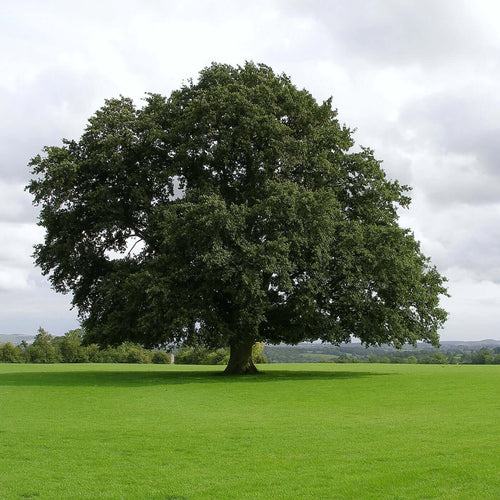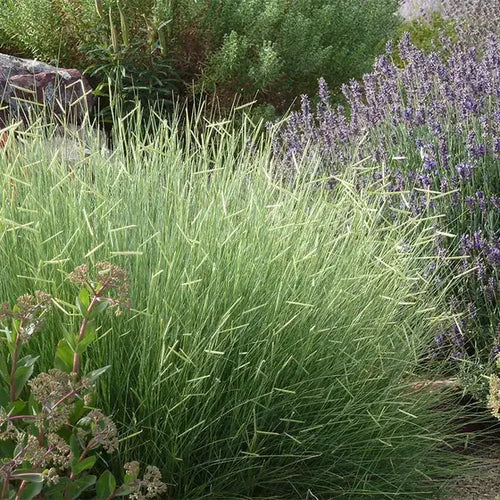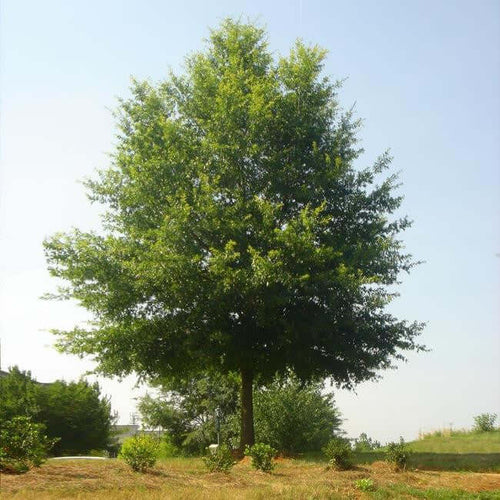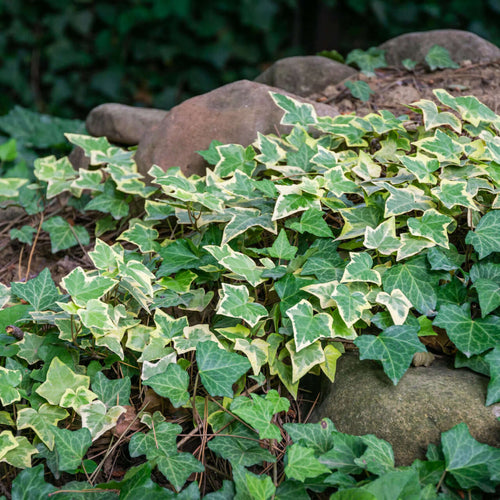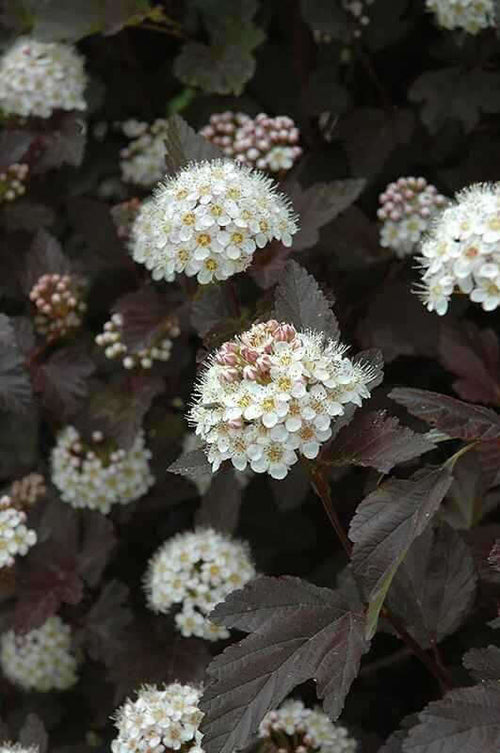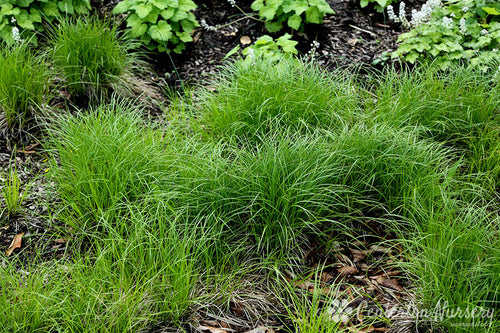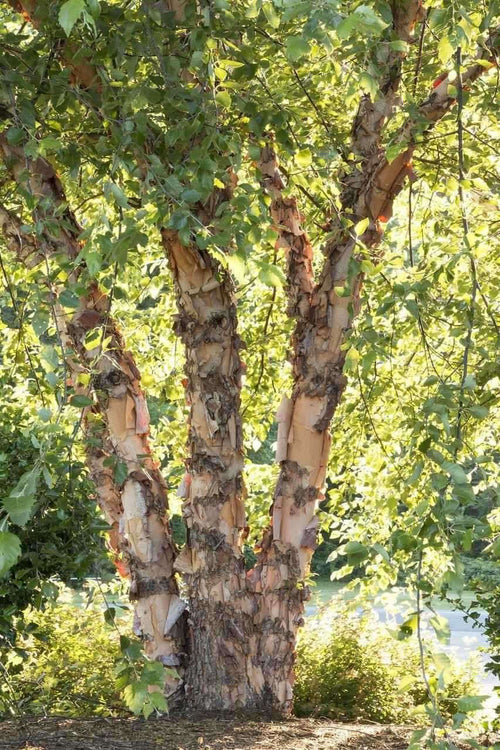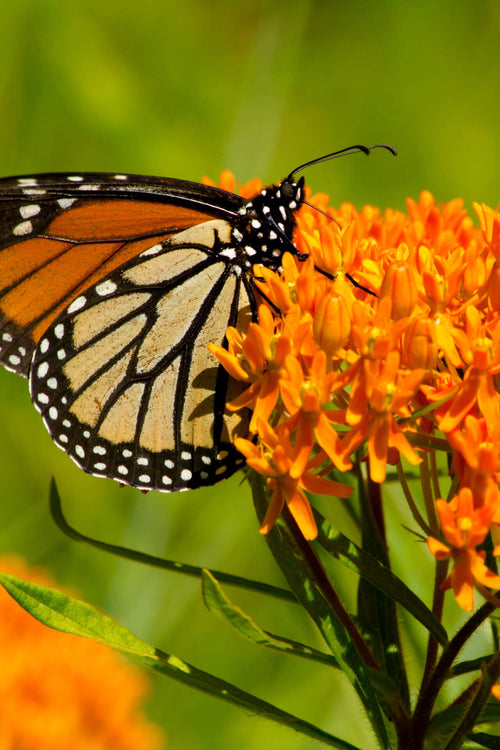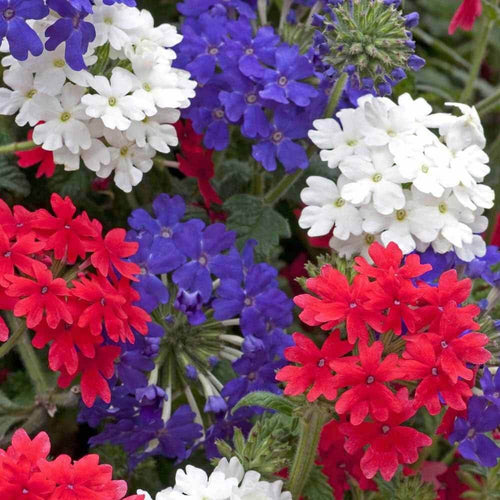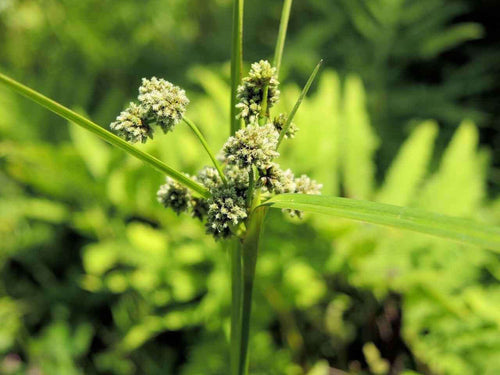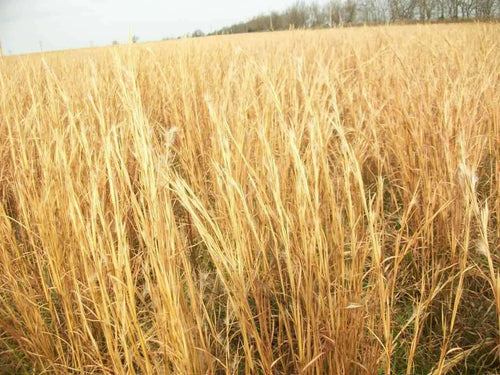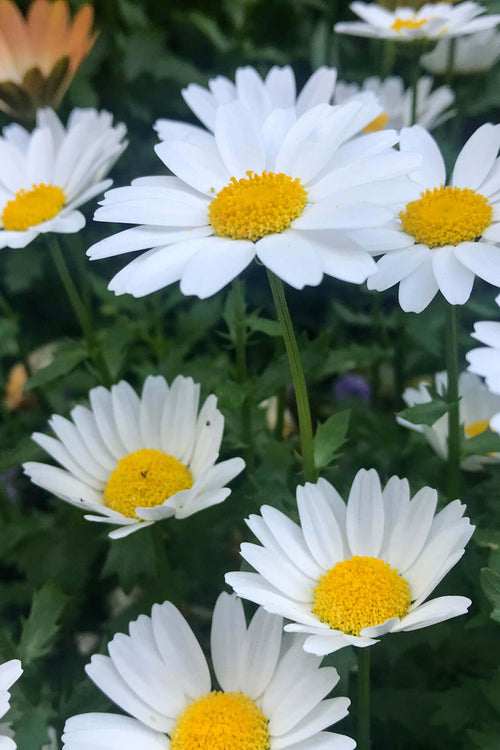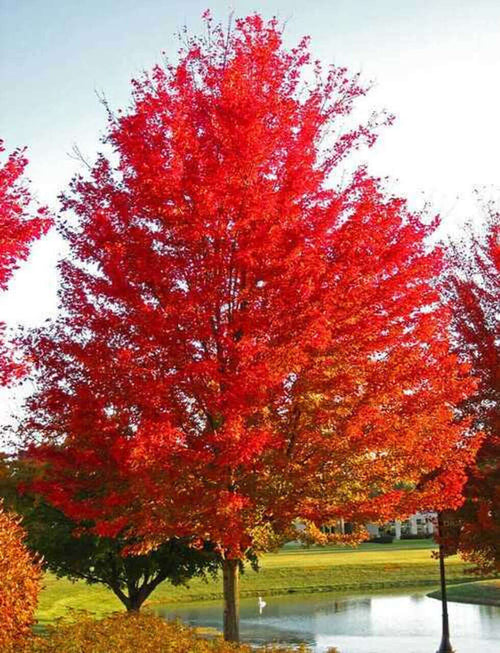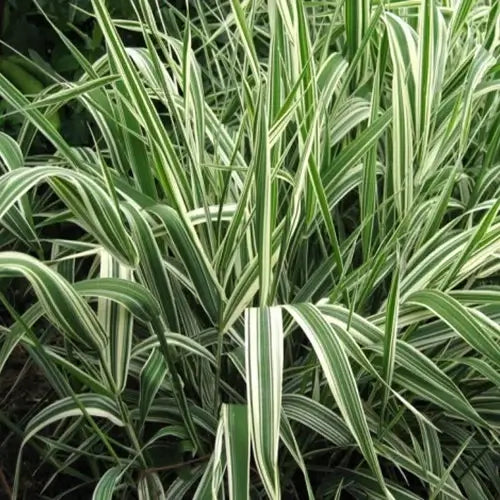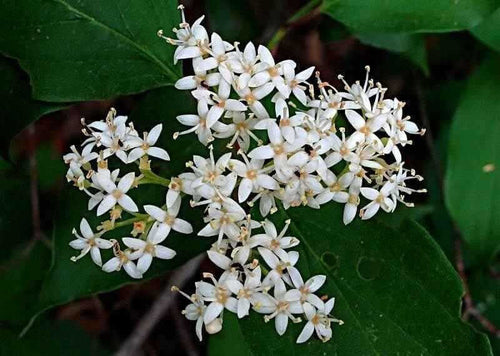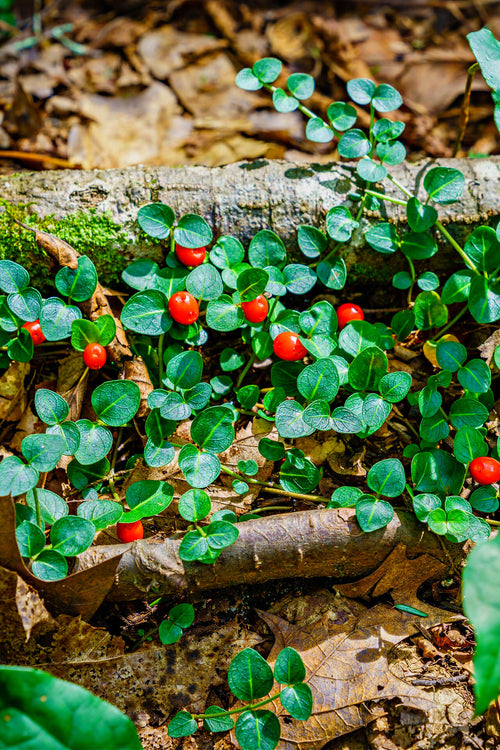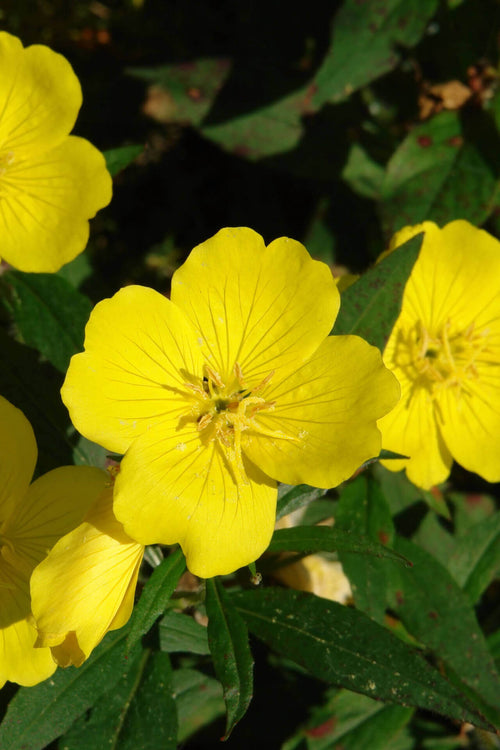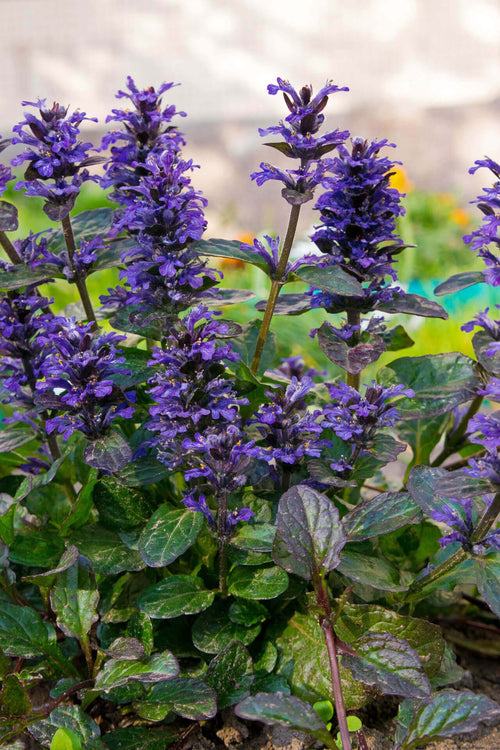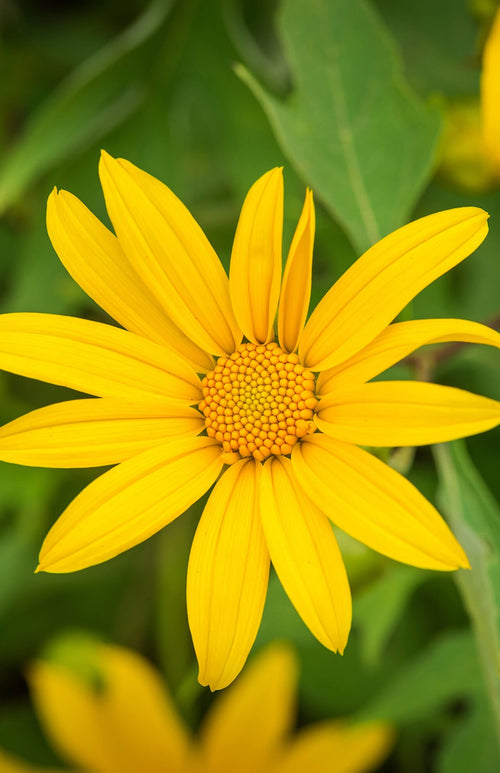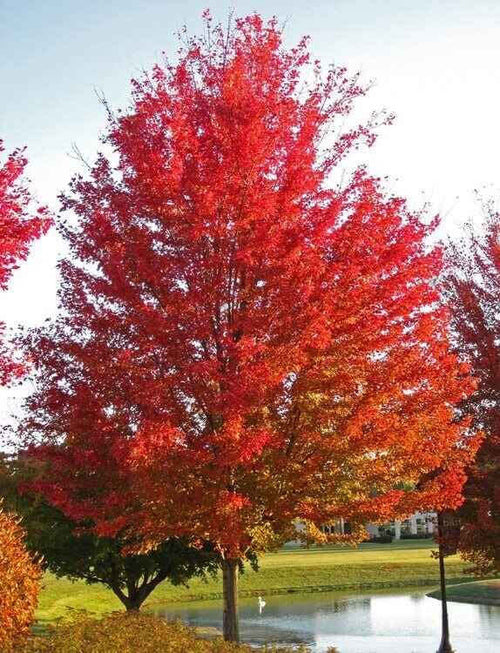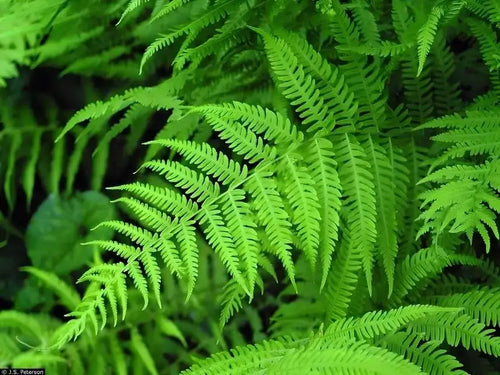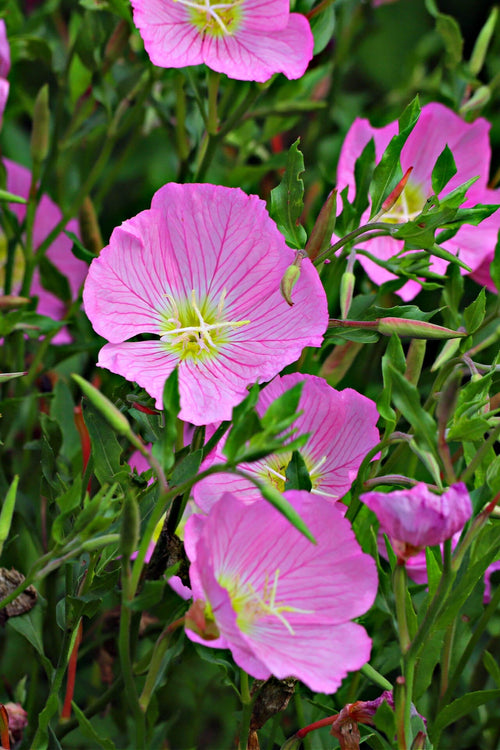6 Pack - Pennsylvania Sedge
Pennsylvania Sedge - Carex Pensylvanica
Pennsylvania Sedge is a versatile and attractive plant that has gained popularity in landscaping due to its numerous attributes. This native grass-like perennial is well-suited for a wide range of planting situations, making it an excellent choice for various landscaping projects.
One of the primary attributes of this plant is its adaptability to different environmental conditions.
It Thrives in a variety of soil types,
Additionally, it is drought-tolerant once established, making it a great choice for regions with inconsistent rainfall or dry spells.
Another benefit of this plant is its low-maintenance nature. Once it becomes established, it requires minimal care and attention, reducing the need for frequent watering, fertilization, and pest control. This attribute is particularly appealing to homeowners and landscapers who desire a beautiful landscape without constant upkeep.
The aesthetic appeal of this sedge is another significant attribute that contributes to its popularity in landscaping. The plant forms dense, lush clumps of fine-textured foliage that resemble miniature ornamental grass. Its bright green color remains attractive throughout the growing season, providing a beautiful backdrop for other plants in the landscape. The dense foliage also helps suppress weed growth, further reducing maintenance requirements.
Furthermore, it is a versatile plant that can be used in various landscaping applications. It works well as a ground cover, filling in gaps between larger plants and creating a cohesive look. Its ability to tolerate light foot traffic makes it an excellent choice for planting in areas where people may walk or play.
Additionally, this plant can be used in erosion control on slopes or banks, helping to stabilize the soil and prevent erosion.
Wildlife enthusiasts will appreciate another essential attribute of this sedge: its value to local ecosystems. The plant provides habitat and food for various wildlife species, including birds, butterflies, and other pollinators. As a native plant, it contributes to the overall biodiversity of the area and supports local wildlife populations.
In addition to its environmental benefits, it also offers some practical advantages. It is relatively inexpensive compared to other landscaping options, making it a cost-effective choice for large-scale projects or budget-conscious homeowners. Moreover, it also is relatively easy to propagate, allowing for expansion and naturalization in suitable areas of the landscape.
Overall, it possesses numerous attributes that make it an excellent choice for landscaping projects. Its adaptability, low-maintenance nature, aesthetic appeal, and ecological value contribute to its increasing popularity among homeowners, landscapers, and conservationists alike.
Whether used as a ground cover, erosion control measure, or simply to add a touch of green to the landscape, this sedge is a versatile and valuable addition to any landscaping design.
Order Healthy Ornamental Grasses at TN Nursery
Pennsylvania Sedge, scientifically known as Carex pensylvanica, is a charming perennial grass-like plant that adds a touch of elegance to natural landscapes across North America. This native sedge belongs to the Cyperaceae family and thrives in various ecological niches, from woodlands and meadows to wetlands and streambanks. Characterized by its graceful appearance and environmental significance, it is a botanical gem that captivates the eye and is vital to diverse ecosystems.
The grass typically grows in tufts or clumps, with slender, arching stems that can reach heights of 6 to 12 inches. Its foliage, comprising narrow, linear leaves that radiate outwards like delicate, cascading green ribbons, is one of its most distinguishing features. These leaves create a striking contrast against the background, enhancing the aesthetic appeal of any natural setting they inhabit. During the growing season, the leaves display a vibrant green hue while transitioning to a lovely golden brown in the fall, providing a touch of warm, autumnal charm.
The intricate inflorescence of the grass consists of numerous inconspicuous, thread-like spikes, which emerge in late spring to early summer. These spikes bear tiny, unassuming flowers, often pale green or brown. While not particularly showy, these blossoms are a crucial food source for pollinators, including bees and butterflies. They also play an essential role in the plant's reproductive cycle, ensuring its continued existence in the wild.
Makes a Beautiful Ground Cover
It is celebrated not only for its visual appeal but also for its ecological importance. Its dense tufts of foliage serve as valuable ground cover, guarding the soil from decay and supporting diverse wildlife. Many small mammals and birds find shelter and nesting sites within its clumps, making it an integral part of the local ecosystem.
Gardeners and conservationists alike appreciate it for its low-maintenance and eco-friendly attributes. Its capability to thrive in different soil types and moisture conditions, from dry to moderately moist, makes it a versatile choice for landscaping and habitat restoration projects. Its presence enriches the biodiversity of natural areas, contributing to ecosystems' overall health and resilience.
In conclusion, Pennsylvania Sedge is a striking native plant that brings visual allure and ecological significance to the natural world. With its slender leaves, unpretentious flowers, and vital role in supporting local wildlife, it is a testament to the intricate beauty and functional importance of our planet's native flora. Whether found along a woodland path or adorning a wetland edge, this graceful sedge leaves an indelible mark on the landscapes it graces.

